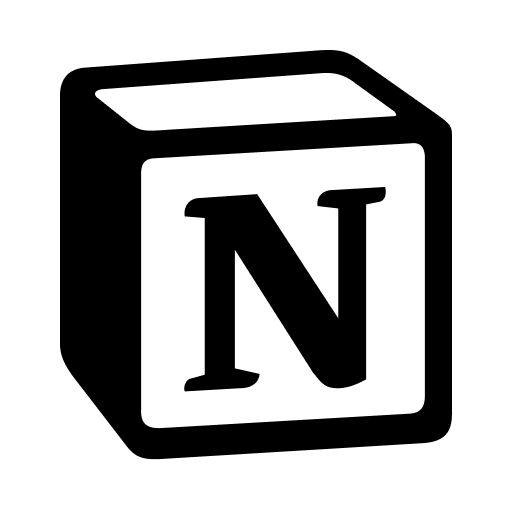Increasing User Satisfaction for DialysisCo Patient Apps
Driving User Adoption and Retention for DialysisCo Patient Apps through Strategic Data Insights.
Problem Statement
Struggles with maintaining user adoption and retention levels
Goal
Achieve higher user satisfaction
User / Segments
- Young Adult Patient- Young professionals who are non-English speakers
- Adult Patient - Parents who are migrants
- Elderly Patient - Grandparents who only communicates in one/more foreign languages
User Pain Points
Young Adult Patients
Young professionals who are non-English speakers
- Limited language options
- Lack of culturally relevant content that aligns such as diet recommendations/reservation advice that aligns with their lifestyle/preference
- Busy Schedules, do not have enough time to manage their appointments
Adult Patients
Parent who are migrants Struggle with hospitality jargon and complex tasks in English, leading to frustration and low app usage. Limited digital skills Lack of features for managing reservation tasks for both themselves and their children.
Elderly Patients
Grandparents who only Communicate in one/more Foreign Languages Difficulty understanding hospitality information in English Struggle with app navigation and interface. Inadequate design for elderly users (e.g., small text, cluttered interfaces)
Features (Solve Pain Points)
Enhance UI/UX: I believe would improve user satisfaction by
- Reducing cognitive load
- Visual appeal
- Faster task completion
Apps Single Sign-on: I believe that Single Sign-on will improve user satisfaction by
- Reducing login hassle
- Low barrier to entry/ Increased app usage
- Fewer login issues/reduction in support request
Language Translation: I believe would improve user satisfaction by
- Reduce language barrier/faster resolution times
- Increased engagement/lower churn
- Trust /Confidence
Moonshot Idea
Leverage AI/ML: To match the right care team to a patient from a language and cultural perspective
Features Prioritization
Deciding Which Language to Translate
Criteria
- Strategic Business Objectives:
- Align the language choice with business expansion strategies. If expanding into Latin America is a priority, Spanish would naturally be the first choice.
- User Demographics:
- Analyze the current user base by language preference. For instance, if 30% of users are Spanish speaking, it’s a strong indicator to prioritize Spanish.
- Market Potential:
- Evaluate the market potential by assessing regions with the highest growth potential. If Spanish-speaking countries are a key growth market, that’s another reason to prioritize Spanish.
B. Benchmark Data

Decision: Based on the hypothetical data, Spanish is the first language to translate due to its large user base (30%), high market potential, and alignment with business expansion strategies.

Metrics for Success
Customer Satisfaction (CSAT)
Measure user satisfaction with features on a scale of 1 to 5. Good CSAT is 75-85%
Feature Adoption Rate
Feature adoption rate (FAR) of 20-40% shortly after launch indicates feature meets user needs.
Do No Harm Metrics
Monitors uninstall rates to ensure updates don't negatively impact users. A good benchmark is below 2-5%
Cross-Functional Collaboration
I utilize a Feedback Priotization Dashboard as an artefact to synchronize partnership keeping tabs during weekly sync meetings to ensure transparency and collaborative decision making.
Loading...
Loading...
Solve for App Solution
Solution Options
Criteria for Evaluation
- Cost: Total cost of ownership, including development, implementation, and maintenance.
- Time to Market: How quickly the solution can be deployed.
- Customization Needs: Flexibility to meet specific requirements, such as adapting translations for hospitality terminology.
Decision-Making Criteria Distribution Table
Weighted Scores Calculation

Summary
- Third-Party Solution: Highest total score of 7.1, indicating the best balance of cost, time to market, and customization needs.
- Hybrid Solution: Second-highest total score of 6.7, offering a balanced approach with moderate costs, time, and customization.
- In-House Solution: Lowest total score of 5.6, reflecting higher customization but at the expense of cost and time to market.
Recommendation
- A hybrid approach might be optimal. Use a third-party service for initial rollout to meet the urgent needs of the Spanish-speaking population, followed by in-house customization to address specific medical terminology and app-specific content needs. One a log term I will like to conduct a cost-benefit analysis comparing the total costs of third-party vs. in-house solutions.
Implementation Roadmap
1
Discovery and Planning
Conduct user research and gather requirements.
2
Development and Integration
Create prototype and perform iterative development.
3
Launch and Improvement
Deploy feature and monitor user feedback.
Loading...
Loading...
Loading...

Increasing Adoption and Retention through Feature Personalization - My Experience (Guthrie)
Observed declining daily active users and new user adoption for our mobile health app for chronic disease management.
Challenges: Low adoption due to one-size-fits-all features, low retention from lack of tailored experiences.
Strategy:
- Analyzed user data to identify key segments and their needs
- Implemented personalized features for conditions like diabetes and hypertension
- Integrated user feedback loop to refine features CSAT metric was used
Results:
- 35% increase in new user sign-ups
- 25% improvement in MAU
- 40% growth in DAU
Conclusion: Tailoring features to user segments using data-driven insights increased both adoption and retention.
Conclusion
By implementing Spanish language translation, DialysisCo will significantly increase user adoption and retention, improving patient outcomes and driving long-term success

